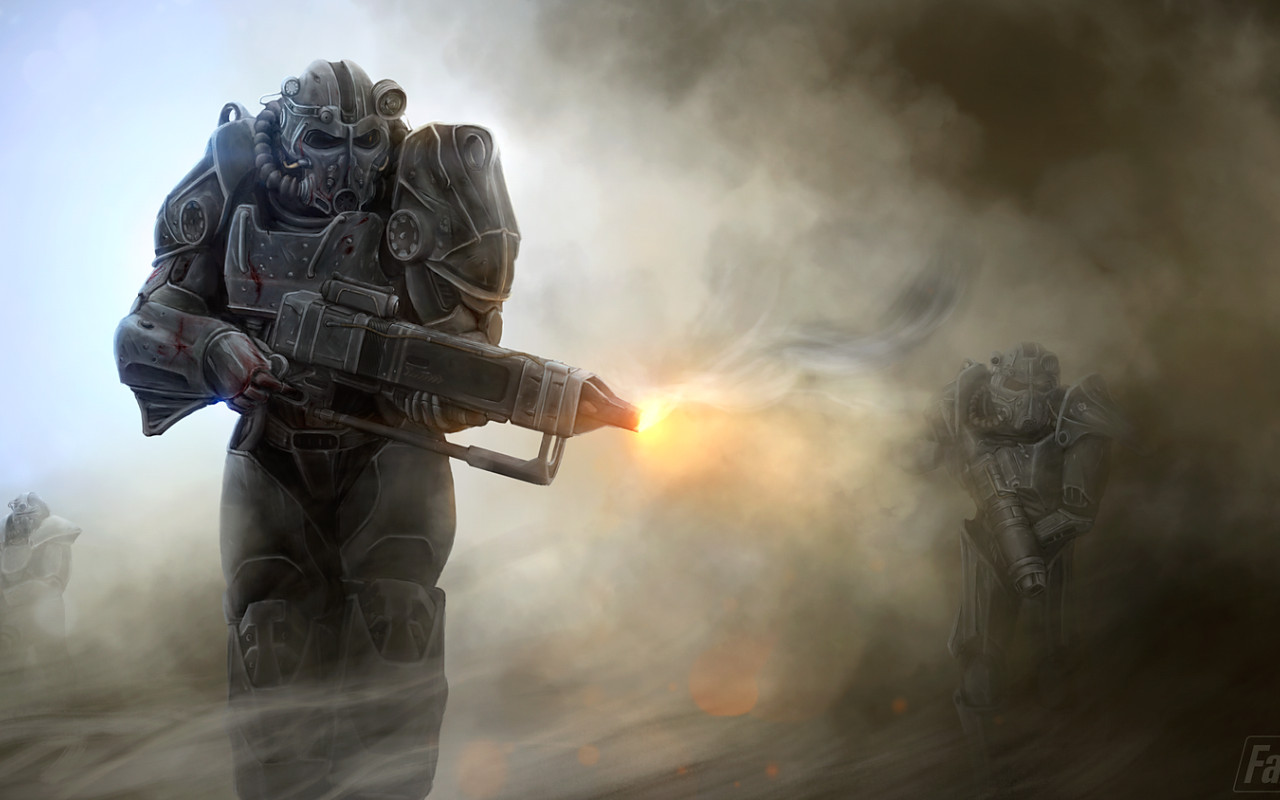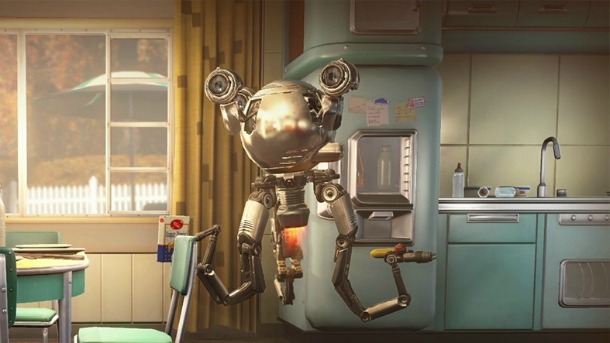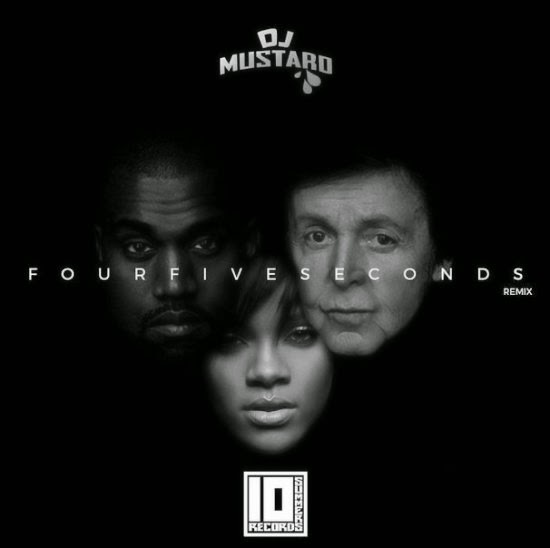

Jim Ansell, the father of Total War, falls out with Creative Assembly’s new owners Sega and leaves to form an indie outfit. His studio’s first release is a thrilling thirteenth century wargame that runs Cantabrian rings round Medieval II. Reviewers love it. Punters love it. Even people that don’t like it love it. A fierce and fruitful rivalry is born. Ah, if only. In truth this doppelganger was made by a gang of Russians, and, though diverting, isn’t half the game Medieval II is. Well, actually in one sense it is half the game Medieval II is. Unicorn Games have basically recreated the real-time battling bit of Creative Assembly’s latest and greatest. They’d probably claim they left out the map-based grand strategy so they could focus on the fighting. We suspect they were planning another layer, but bottled out once they realised how much toil was involved.
So, just the spectacular slaughter then. Just choppy seas of armoured aggro, wedges of galloping lancers plunging into rectangles of spiky spearmen, knots of stout swordsmen cowering under shields as showers of arrows fall. Just the stuff we’ve seen and savoured a hundred times before? Yes and no. While XIII Century: Death or Glory’s approach, interface and units are all incredibly familiar, the AI and choice of historical scraps give the game sufficient personality to survive the inevitable unflattering comparisons. Medieval II didn’t provide much in the way of reenactments; what were there - half a dozen? Here there are 25 of the things, arranged, rather unimaginatively, in five nation-themed sequences. You don’t need to complete a campaign to unlock a new one, but you do need to win a few fights to access bonus battles such as Stirling, Worringen and Campaldino.
To call any of the scenarios simulations would be to misuse the word, but the designers have plainly done some homework. Take the Battle of Falkirk for example (episode 2, English campaign). While the venue has a slightly stylised RTS feel and the troop numbers are distorted to guarantee challenge, the terrain, army compositions and positions all echo the events of July 22, 1298. After using our mounted knights to shred William Wallace’s archer screen, and our bowmen to break up his four hedgehogs of schiltrom-ing spearmen, we went to Wiki to read about the real engagement. It turns out it developed along very similar lines. Impressive.
Wisely perhaps, Unicorn haven’t done versions of any of the Medieval II scenarios. If they had, comparing AIs would have been easy. Right now, we’d say the computer commanders in each are of roughly equivalent calibres. The new kid will make you sweat given enough manpower. Sure, his target selection could be better (cavalry should have a healthier fear of spears) as could his pathfinding (formations occasionally don’t bypass obstacles or envelope targets all that well) but usually he’s a credible and interesting adversary, and a reliable lieutenant. If anything, morale is more important in XIII than it is in That Game We’ll Try Hard Not To Mention Again. While there’s at least eight states of panic, men seem more brittle. When they run they seldom come back.




 What Google Knows About You, Windows 10 Powers Xbox One... [Digest]
What Google Knows About You, Windows 10 Powers Xbox One... [Digest] Fallout 4 Mission Guide: Boston After Dark
Fallout 4 Mission Guide: Boston After Dark Fallout 4: Codsworth Companion Can Speak 922 Names, Full List Leaked
Fallout 4: Codsworth Companion Can Speak 922 Names, Full List Leaked DJ Mustard to release new remix of Rihannas FourFiveSeconds
DJ Mustard to release new remix of Rihannas FourFiveSeconds How to Spot a Phishing Email
How to Spot a Phishing Email